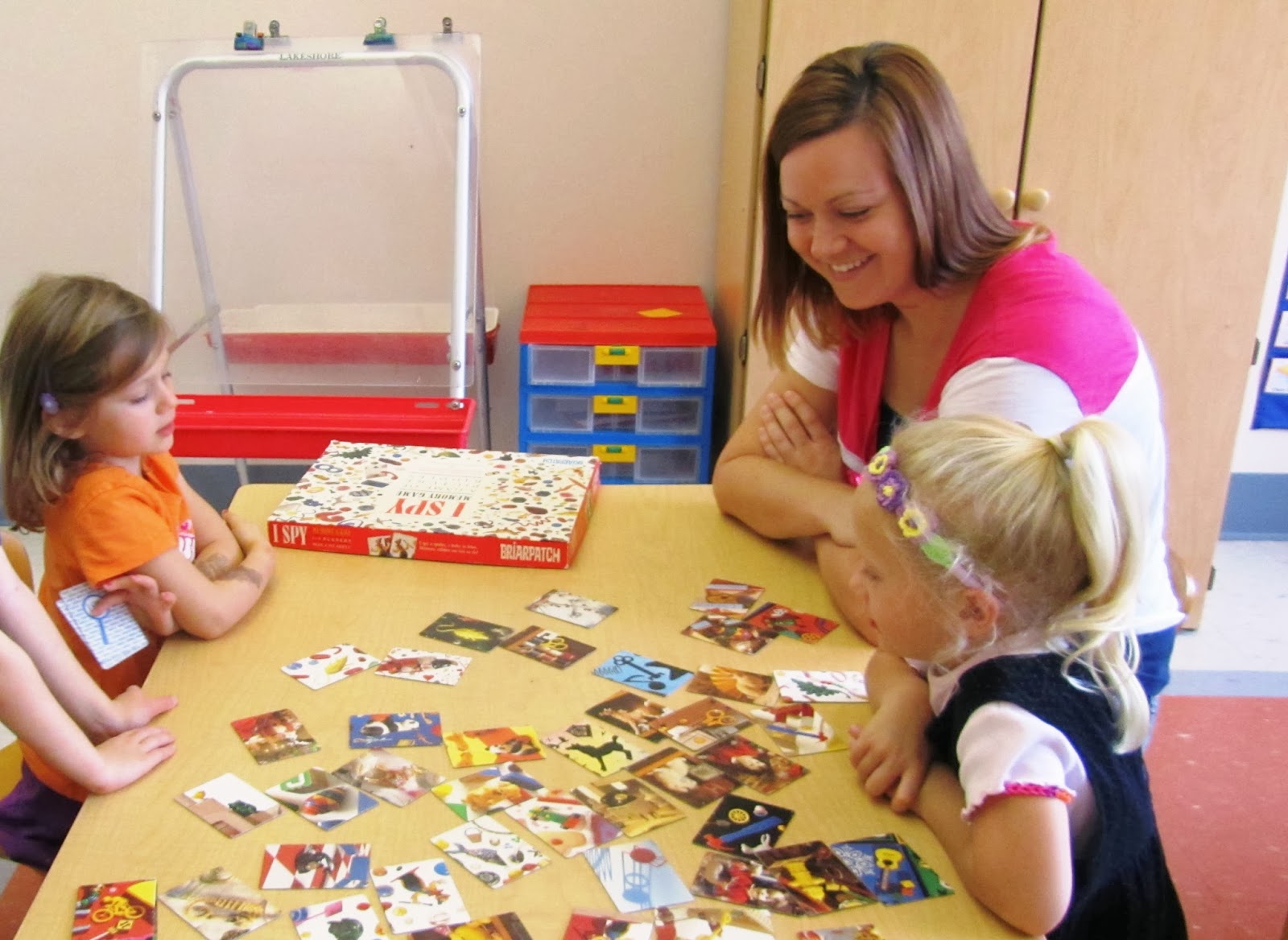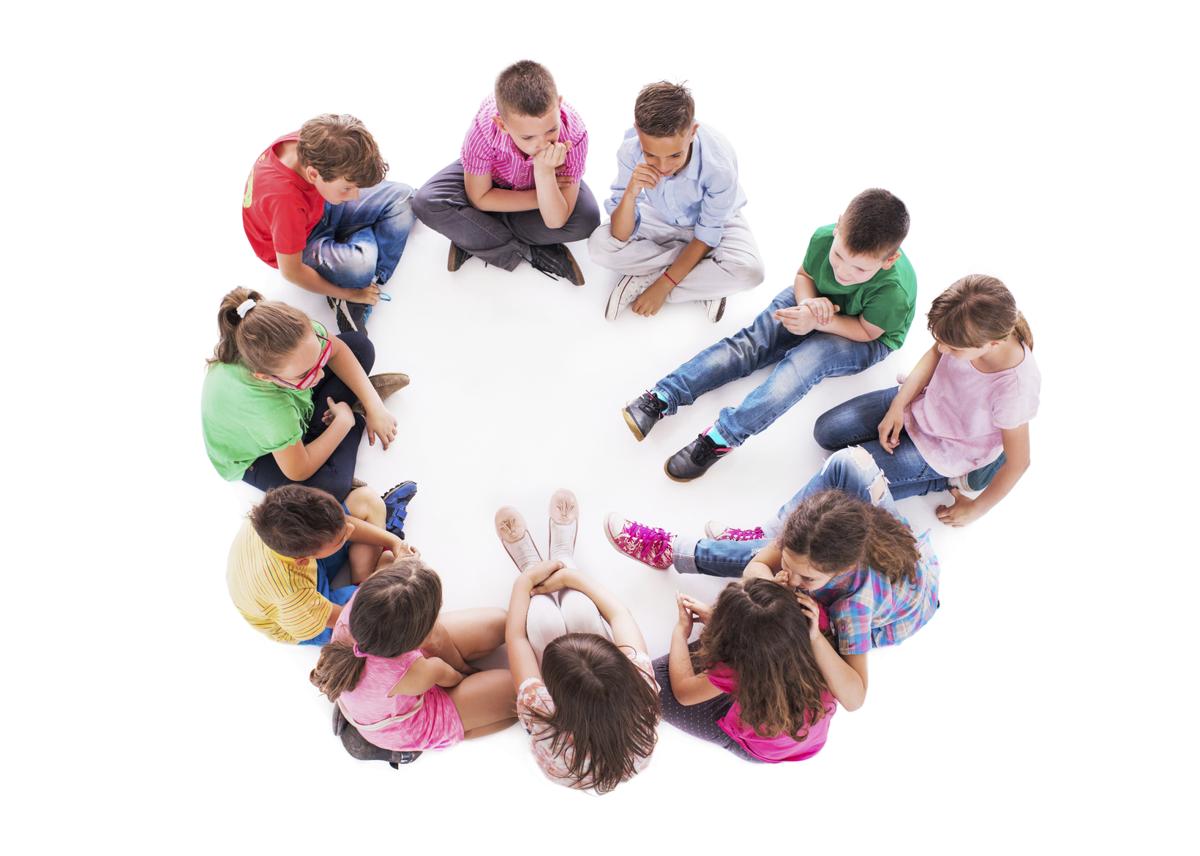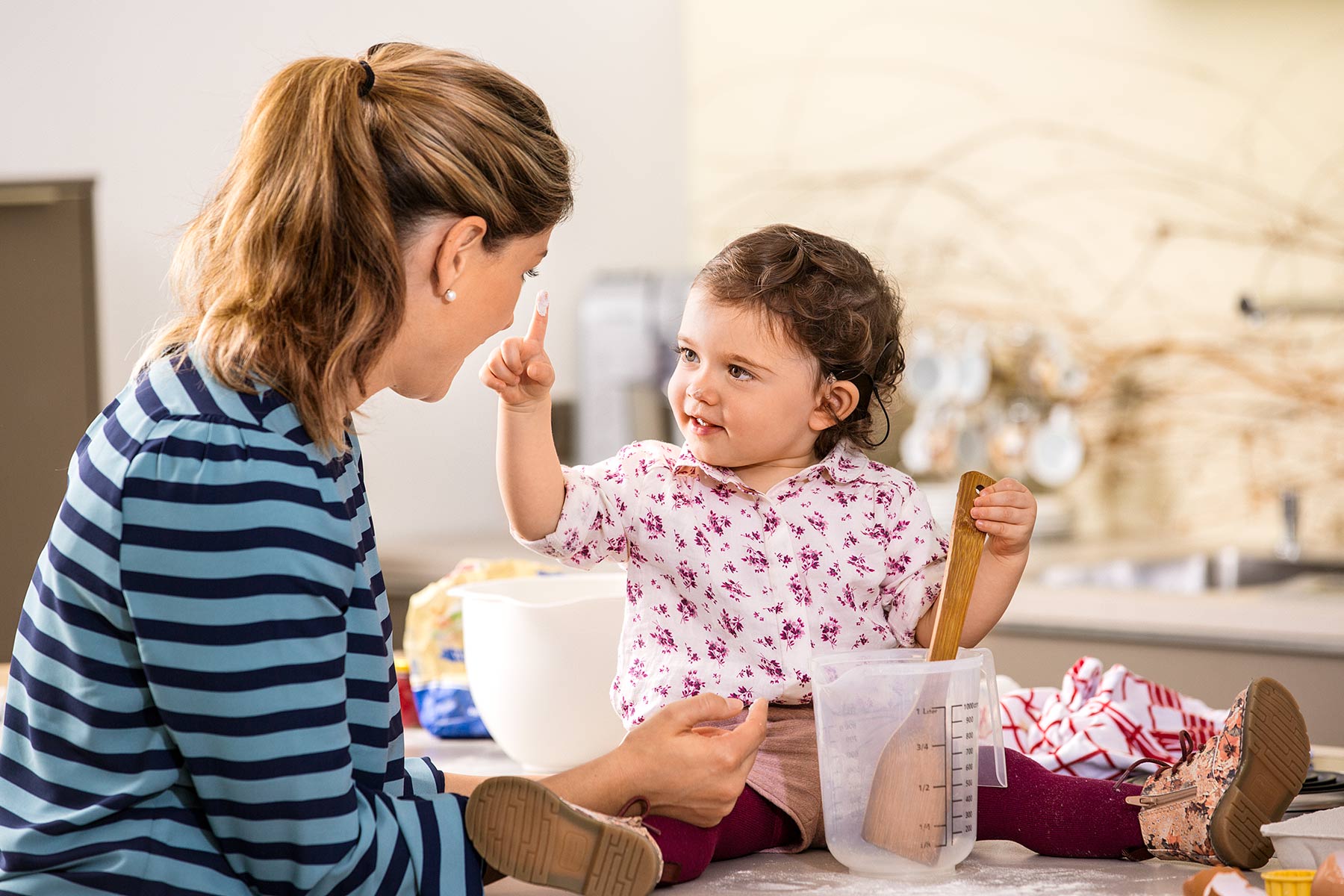It is not necessary to go to music school for only to learn about music. It is also not compulsory to have a proper music instruments to make music. The basic of music and sound starts from environment. So it is the best to go to environment to make the music and it is joyful experience especially for children to have self made music instruments.
Hit the bottle
This is a simple activity which gives the child experience in making different sounds. If you have a good ear you may be able to tune the bottles to the musicals scale.
The child will learns how to work things out and do things herself, how to listen and how to put things in a sequence from low to high and of course she also learns direct involvement in music.

What to do
Take eight glass bottles or jars and fill them with water to different levels.
If you can, tune them against a musical instrument. If not, just do your best to make them all sound different!
Let her hit each bottle with a wooden spoon and encourage her to make her own music.
For a younger child, simply fill a few assorted jam jars and bottles with different amounts of liquid and let her hit the jars with a chopstick.
Listening loiter
In towns we are so used to ignoring the sounds around us that we rarely pay attention to anything in the background. Listening loiter is a nice, quiet and calming activity for a day when your child is upset or out of sort.
The child learns to be observant and to pay attention to detail to be calm and thoughtful, to talk about her experience and to feel close to those who share it.
What to do
Take a walk down the street and into the park. Listen to the sound of the traffic, and to other sounds that are not related to traffic: bird song, a plan flying high, the swish of the fallen leaves underfoot, the sound of the wind in the tress, and music coming from the house, for example.
When you arrive at the park, listen to the different sounds of the park: children playing, duck quacking, a mower cutting the grass.
Then concentrate on the distant sounds of the street. Can you find a spot in the park where the street sounds are quietest? Can you find a spot where you cannot hear them at all? Remember that a hill or building will block out the sound.
Encourage her to make some new street and park sounds. Jump on the drain cover, pull a stick along the railings, shake a branch on the tree or throw a stone in the pond, for example.
Lotto

This is a game for slightly older children that encourage careful listening. You could play it with a group of children, or child could play by himself, turning the tape recorder on and off between the different sounds.
Children will learn to recognize sounds, to listen to tone, melody and rhythmic properties of sounds.
What to do
Assemble pictures of things that make noises such as animals, machinery, cars or musical instrument. Record the noise make by the objects in each picture.
Give each child six different pictures on card. Starting at the random point on the tape, play the noises back to the children.
When the child recognizes that something on one cards made the noise he turn the card over.
The first child to turn over all his cards is the winner.
To play with one child, just put out six or more cards and let him control the tape.
Start by using everyday sounds and then try a group of musical instrument: a drum, cymbals, a piano, a violin, a trumpet, and a flute, perhaps.
It was in the 90s, when a sensory gym was founded with two goals in mind: to bring children in a friendly environment and make them active through workout.











